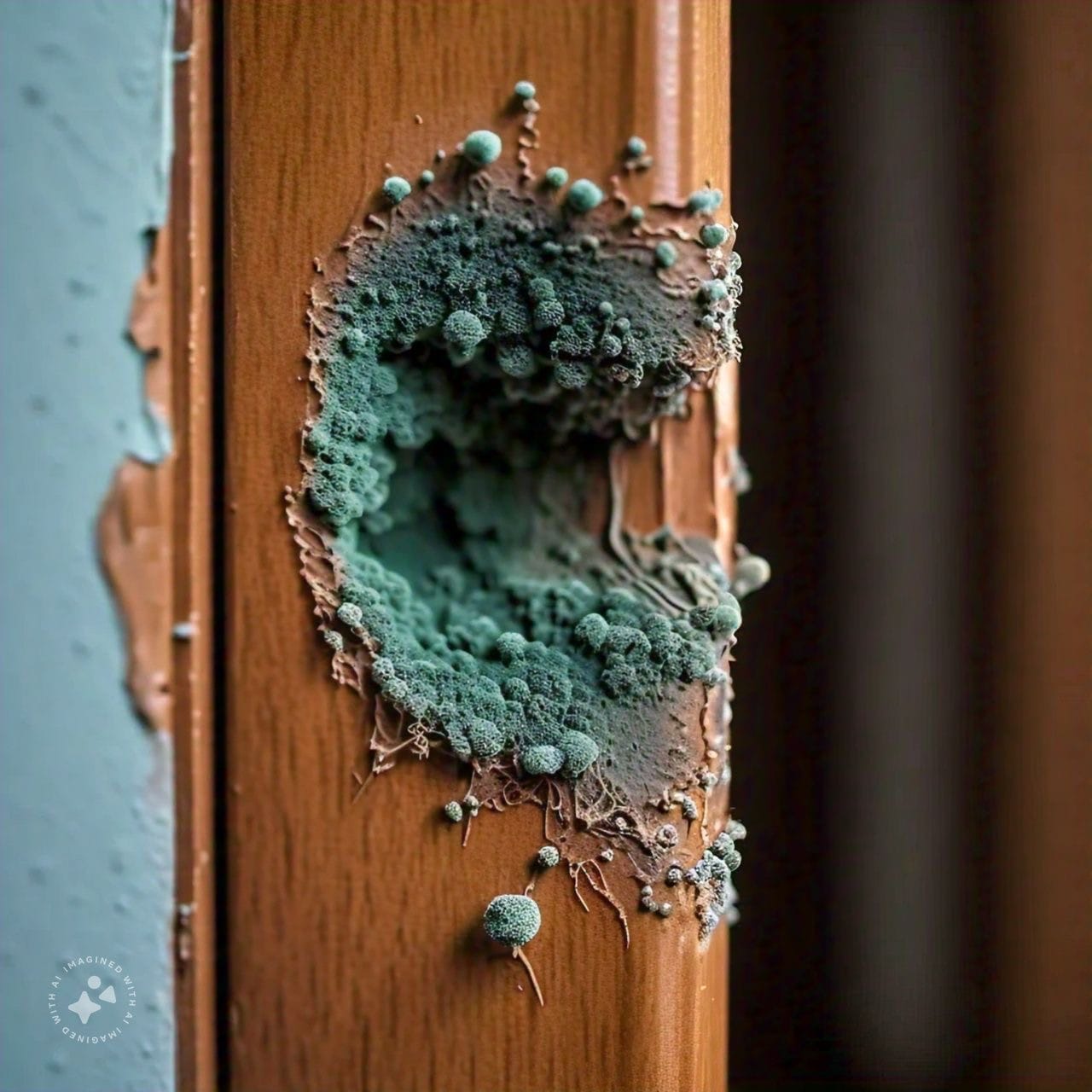Water damage can occur suddenly and wreak havoc in your home, whether from flooding, leaks, or a burst pipe. However, the danger does not end when the water is gone. One of the most significant long-term risks following water damage is mold development. Mold thrives in moist environments and can spread rapidly, posing health risks and causing further damage to your property. Preventing mold growth after water damage requires swift action, proper drying techniques from Goody Restoration LLC, and vigilant monitoring. We will explore how to effectively prevent mold after water damage, including the steps you can take to ensure your home remains dry and safe.
Ways to prevent mold after water damage
- Act Quickly to Remove the Water
Acting quickly is the first and most crucial step in preventing mold after water damage. Mold can begin to grow within 24 to 48 hours in the presence of moisture, so it is essential to remove any standing water as soon as possible. Depending on the extent of the water damage, this may involve mopping, using towels, or employing a wet/dry vacuum to collect excess water. In severe cases where large amounts of water have accumulated, you may need to call professionals to help with water extraction.
The longer water sits, the more it can penetrate porous surfaces like drywall, wood, and carpet, making it harder to dry out completely. Water seeps into these materials, creating the perfect environment for mold to grow. Removing water quickly reduces the chances of moisture lingering in your home and provides less opportunity for mold spores to settle.
Be sure to inspect hidden areas where water may have traveled, such as behind walls, under flooring, or corners that are not immediately visible. Even small pockets of moisture in these spaces can contribute to mold growth if not addressed.
- Ensure Proper Ventilation and Airflow
Once the standing water has been removed, the next step is to ensure proper ventilation and airflow throughout the affected areas. Adequate ventilation helps to reduce humidity levels and accelerates the drying process, making it harder for mold to grow. Open windows and doors to allow fresh air to circulate, especially if the weather is dry. If natural ventilation is insufficient, use fans to increase airflow and move air across wet surfaces.
Direct fans toward damp areas, including floors, walls, and furniture, for more efficient drying. Consider renting industrial fans or air movers designed to dry large spaces quickly if the damage is widespread. These tools effectively reduce humidity levels and prevent moisture from settling into materials.
In addition to fans, dehumidifiers are essential for controlling indoor moisture levels. Dehumidifiers work by extracting moisture from the air, helping to lower the overall humidity in your home. This is particularly important in enclosed spaces, such as basements or attics, where natural airflow may be limited. Running a dehumidifier for several days after the water damage incident can help ensure that the air stays dry and mold growth is minimized.
- Remove Damaged Materials
Not all materials can be fully dried and restored after water damage. In some cases, particularly with porous materials, removing and disposing of items too heavily affected by water may be necessary. Carpeting, insulation, and drywall are particularly vulnerable to moisture and may need to be replaced to prevent mold from forming.
Carpet padding, for instance, can absorb water like a sponge and may remain wet even after the surface appears dry. Removing and replacing the padding is often more effective than risking mold growth beneath the carpet. Similarly, insulation in walls or ceilings that has become saturated will likely need to be replaced, as it can trap moisture and spread mold.
When removing damaged materials, it is important to wear protective gear, such as gloves and a mask, to avoid exposure to any mold spores that may already be present. Dispose of these materials properly and thoroughly clean the affected areas to remove any lingering moisture.
- Thoroughly Clean and Disinfect the Area
Once water has been removed and damaged materials have been discarded, it is essential to thoroughly clean and disinfect the affected areas to eliminate any potential mold spores. Use a solution of water and detergent to scrub all surfaces exposed to water, paying special attention to corners, baseboards, and any cracks or crevices where mold might form. You can use water and bleach to disinfect the area and kill mold spores on non-porous surfaces like tile or metal.
It is important to avoid using too much water during the cleaning process, as this can reintroduce moisture to the area and prolong drying time. Instead, focus on using minimal liquid and drying surfaces as quickly as possible. After cleaning, use fans or dehumidifiers to dry all surfaces completely.
Monitor the cleaned areas regularly over the following days and weeks for signs of mold. Mold can sometimes develop slowly, so checking for new growth or musty odors is essential to ensure the area remains mold-free.
- Monitor and Maintain Humidity Levels
One of the most effective long-term strategies for preventing mold after water damage is maintaining low humidity levels in your home. Mold thrives in humid environments, so keeping indoor humidity below 60% can significantly reduce the risk of mold growth. Invest in a hygrometer to measure humidity levels in different rooms of your home, particularly in areas affected by water damage.
If your home is prone to high humidity, use dehumidifiers regularly to control moisture levels. Additionally, ensure that bathrooms, kitchens, and laundry rooms are properly ventilated to prevent condensation and moisture buildup.
Addressing ongoing moisture issues, such as leaks or poor drainage, is crucial to preventing mold growth. Check for leaks in plumbing, roofs, and windows, and make repairs as soon as possible. Proper drainage around your home’s foundation can help prevent water from entering during heavy rains or floods.
Preventing mold after water damage requires a proactive and thorough approach. By acting quickly to remove standing water, ensuring proper ventilation and airflow, and removing damaged materials, homeowners can significantly reduce the chances of mold growth. Regular cleaning, disinfecting, and monitoring of humidity levels will help maintain a dry and mold-free environment long after the initial water damage has been addressed. Taking these steps protects your home from further damage and ensures a healthier living space for you and your family.

















